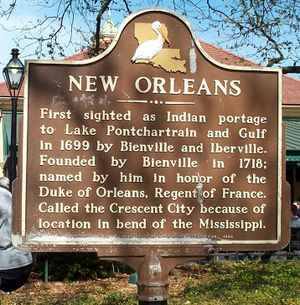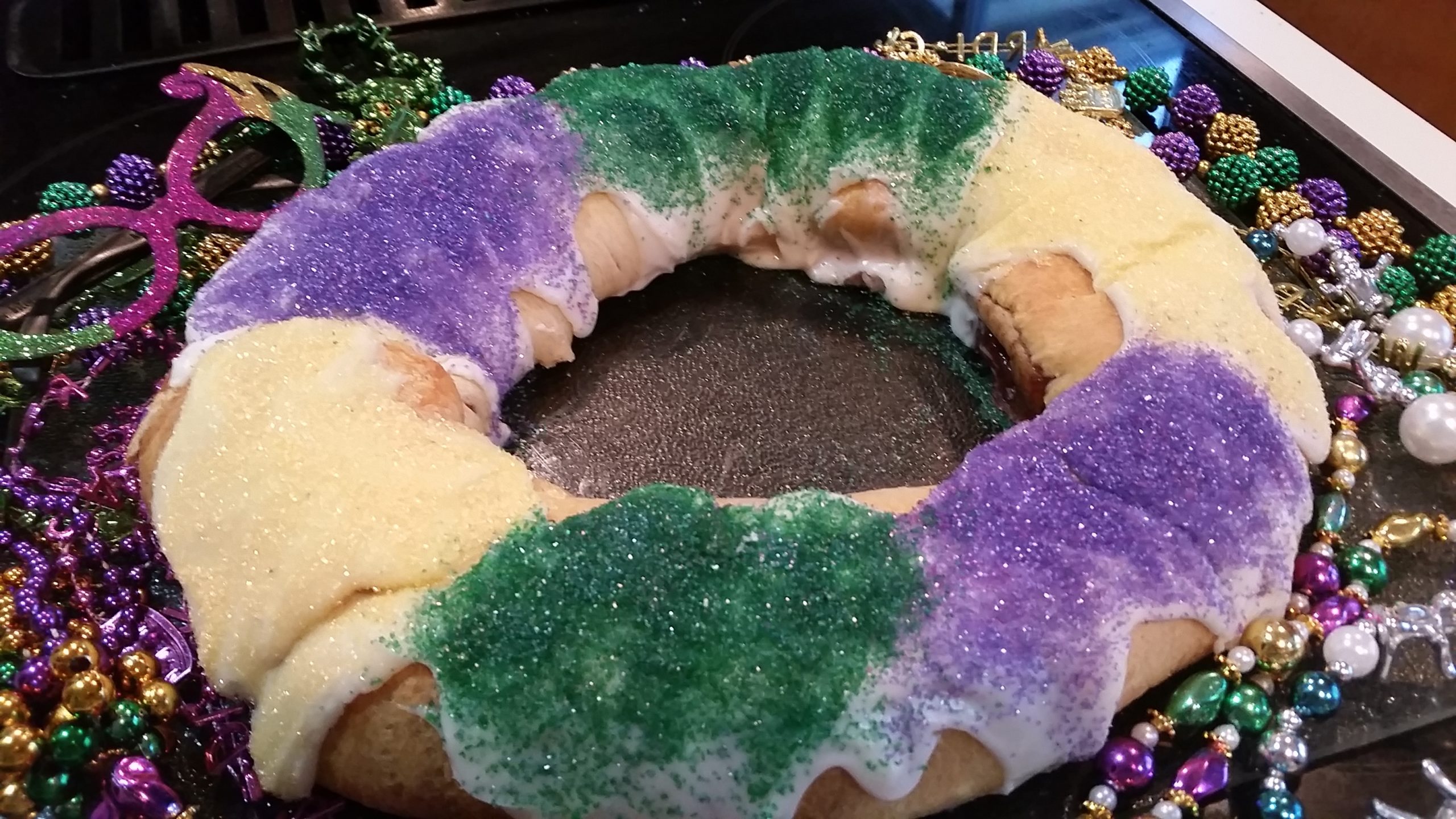January 27, 2015 is Multicultural Children’s Book Day (MCCBD). The co-creators of this unique event are Mia Wenjen from Pragmatic Mom and Valarie Budayr from Jump Into a Book/Audrey Press.
MCCBD raises awareness about children’s books that embrace diversity. Mia and Valarie share such titles with others. Even though census data show 37% of the US population identify as a persons of color, only 10% of children’s books traditionally published are representative of people in those groups. MCCBD’s mission is to provide information about diverse books and share with parents, caregivers, teachers, and librarians. And help get them into homes, schools and libraries. To keep current, follow them on social media. Links are provided at the end of this post. The MCCBD team, sponsors, and supporters understand that it’s important for all children to see their families, cultures, customs, traditions, languages, histories, and religions in books. And it’s equally important that others see them and stories about them in books too.
To support the mission of MCCBD, I reviewed the middle grade novel, Sugar, written by Jewell Parker Rhodes (Little, Brown, 2013).
“Everyone likes sugar. But I hate it.” Says the ten-year-old girl, also named Sugar, an emancipated slave living on a sugar plantation and working as a sharecropper in post-Civil War Louisiana. Sugar knows first-hand that working with sugar cane is hard work and it kills. She also knows what her mother told her on her deathbed, “Do. See. Feel.” Despite the hard work, and poor living conditions Sugar finds ways, often frowned upon by the elders in her community and her ex-master, to follow her mother’s advice. She gets into trouble often. And she must navigate her world in order to honor her mother’s final word, “Survive.” The plantation owner’s son and Sugar become friends and that brings trouble. Chinese workers come to work on the plantation. Sugar wants to befriend the new workers against the wishes of her community. More trouble. But for every trouble, there is also change.
Rhodes writes a story about a very difficult period in Louisiana history. It is an American story. Mostly it is a story about a girl, once physically enslaved, then bound to a life of hard labor after emancipation. But the reader soon realizes Sugar’s mind is not enslaved or held in bondage. She just has to find a way to freedom.
How to celebrate and support Multicultural Children’s Books today & everyday:
- Visit The Multicultural Children’s Book Day website and review their booklists.
- Visit their Pinterest Board, Facebook and Twitter
- Watch for the #ReadYourWorld hashtag on social media and share.
- Join the Twitter party on Jan 27th 9:00pm EST. #ReadYourWorld to win books!
- Read and share a book from their Book Lists and Resources for Educators and Parents
- Visit MCCBD’s 2015 Sponsors,: Platinum Sponsors: Wisdom Tales Press, has a giveaway! Daybreak Press Global Bookshop, Gold Sponsors: Satya House, MulticulturalKids.com, Author Stephen Hodges and the Magic Poof, Silver Sponsors: Junior Library Guild, Capstone Publishing, Lee and Low Books, The Omnibus Publishing. Bronze Sponsors:Double Dutch Dolls, Bliss Group Books, Snuggle with Picture Books Publishing, Rainbow Books, Author FeliciaCapers, Chronicle Books Muslim Writers Publishing ,East West Discovery Press.
- Participate in First Book’s Virtual Book Drive program
A Special Thank You to the Children’s Book Council for their contribution and support.




